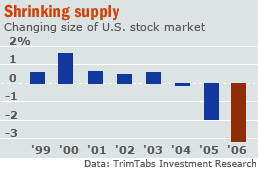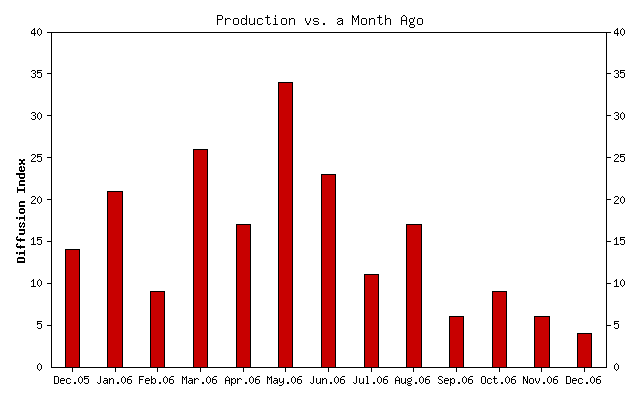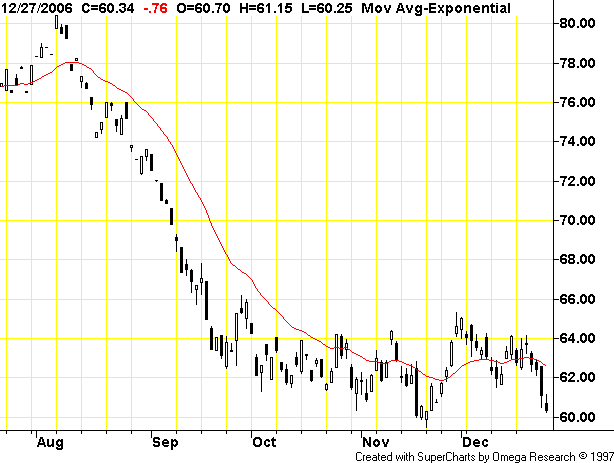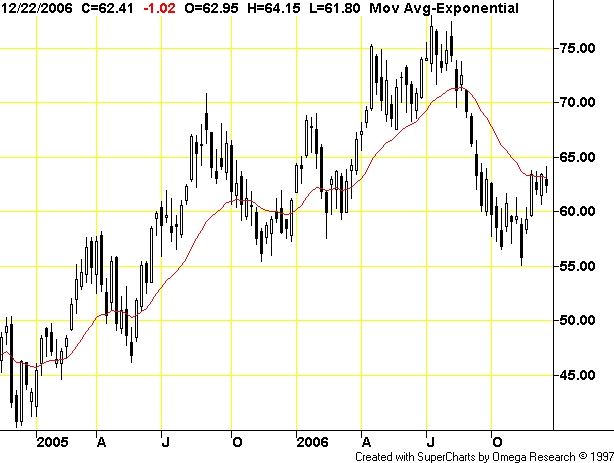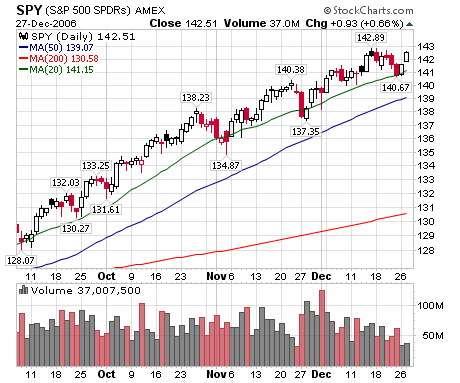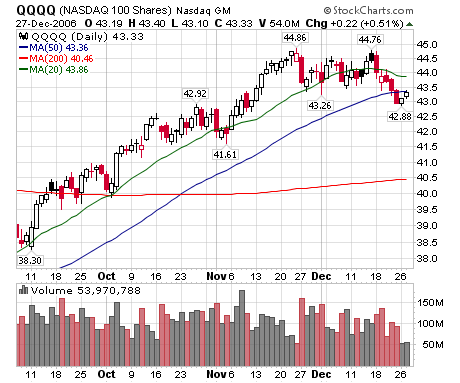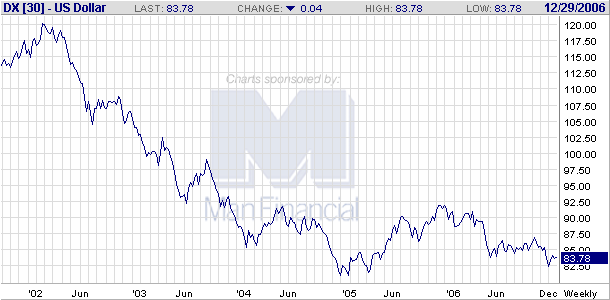1.) Households have a record amount of total debt right now. It stands about 94% of GDP. I have not seen any number for when household debt is too much -- and I seriously doubt an exact number exists. However, I feel confident that we are near the amount when households have to start paring back on their overall debt levels.
In short -- demand will continue to drop as households move from a house acquisition stance to a "pay down all this debt stance." Declining demand = declining prices.
2.) CR makes an estimate of the amount of overbuilding in the housing market. I would add this information from Bloomberg:
In a Nov. 27 comment, Rosenberg notes that in addition to the record 4.3 million residential units for sale as of October, there were 1.95 million home completions, the 12th-highest month since 1979. Units under construction were through the roof as well. Rather than seeing supply dwindle and prices start to firm up in early 2007, Rosenberg says ``it could be a year before the reduction in starts begins to put a meaningful dent into the inventory backlog.''
John Mauldin, an investment adviser and frequent contributor to Investors Insight, a financial-data publisher, throws an extra log on the fire. According to Mauldin, even the current projection of housing sales may be overstated and thus the existing supply of homes greater than what is reported in the official data. The reason is that the Census Bureau, one of the Commerce Department's statistical agencies, fails to account for cancellations in home sales contracts. Cancellations ran as high as 40 percent for some major homebuilding firms last quarter.
The short version is it appears there is a ton of inventory about to hit the market at a time when there is already a ton of inventory. Excess supply = declining prices.
3.) We know there are between $700 billion and $1 trillion of exotic mortgages" that reset in 2007 (depending on which news story you read). Recent testimony before the Senate Banking Committee expressed concern about what the purchasers of these mortgages knew when they bought these mortgages. We also know these loans are already performing badly and their performance has worsened over the last three years:
Still, despite the adverse conditions, "I guess we are a bit surprised at how fast this has unraveled," said Zimmerman. While it's "not a secret that subprime collateral has performed pretty disastrously so far," he said, "I must say we were a bit surprised by the magnitude with which" the loans "deteriorated this year."
...
Comparing loans of similar age, 2006 loans are performing worse than 2005, which are worse than 2004. In fact, given where delinquencies are now, loans from 2006 are on track to be among the worst-performing ever, along with the 2000 to 2001 years, according to UBS research.
We already have a trend in place: A faster pace of delinquencies and a larger volume of delinquencies earlier in the life of the mortgage. There is no reason to expect this trend to do anything except get worse.
4.) Housing derivatives are out on the market in large numbers. I haven't seen any firm estimates about how these will play out in the coming year -- or if they will play out at all. This could be a nasty stealth story in 2007. For example, a hedge fund that is heavily invested in credit derivatives has the market go against them, or something similar.
So -- the home buyers have a record amount of debt, inventory stands to stay the same and exotic mortgages are already performing badly.
I was originally of the opinion that housing would be hit by an event that would seriously damage the market and move the country into recession. However, I now agree with CR's evaluation that US housing will be more akin to Chinese Water Torture, with a constant drip, drip, drip of bad news for some time.

